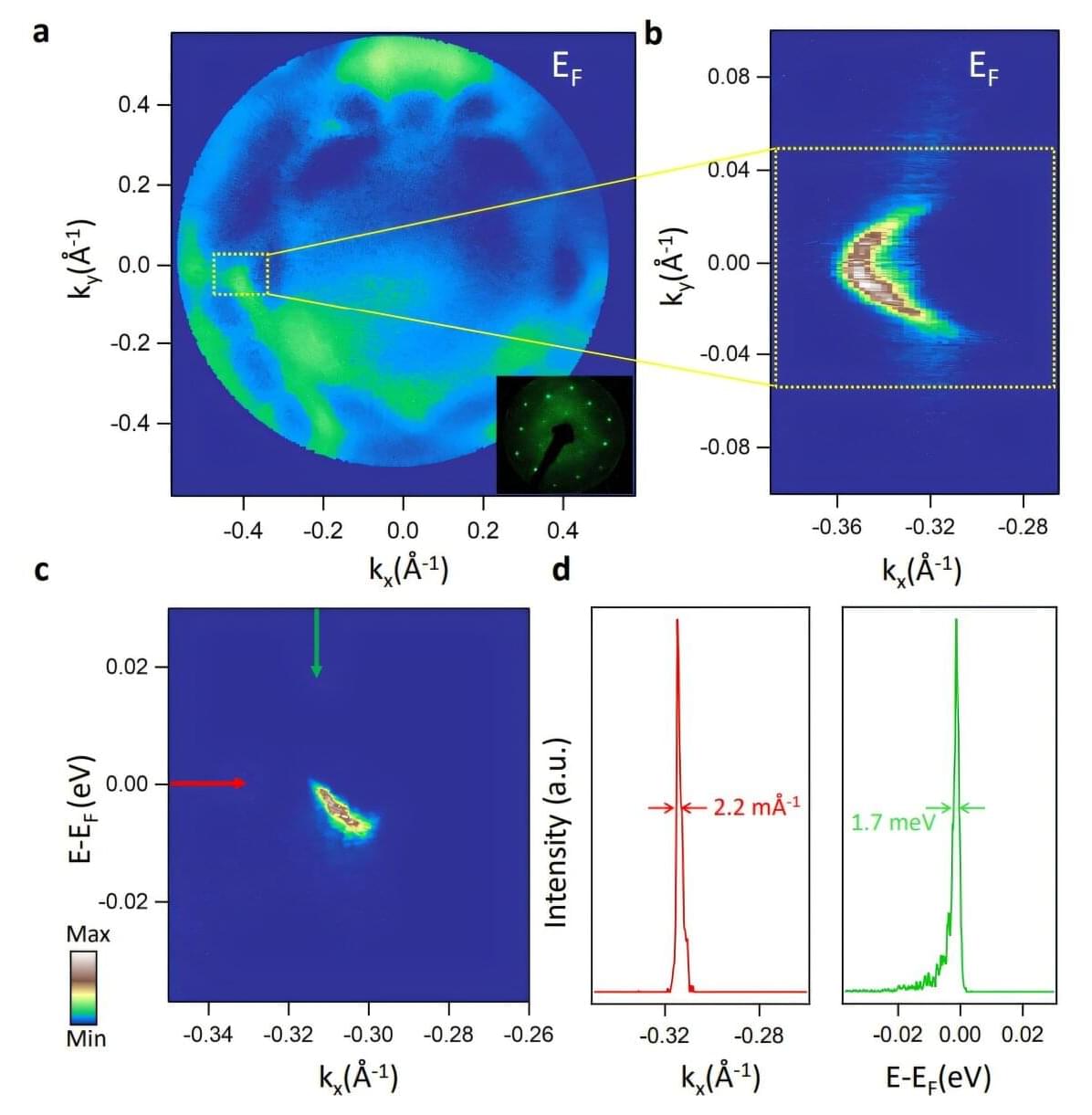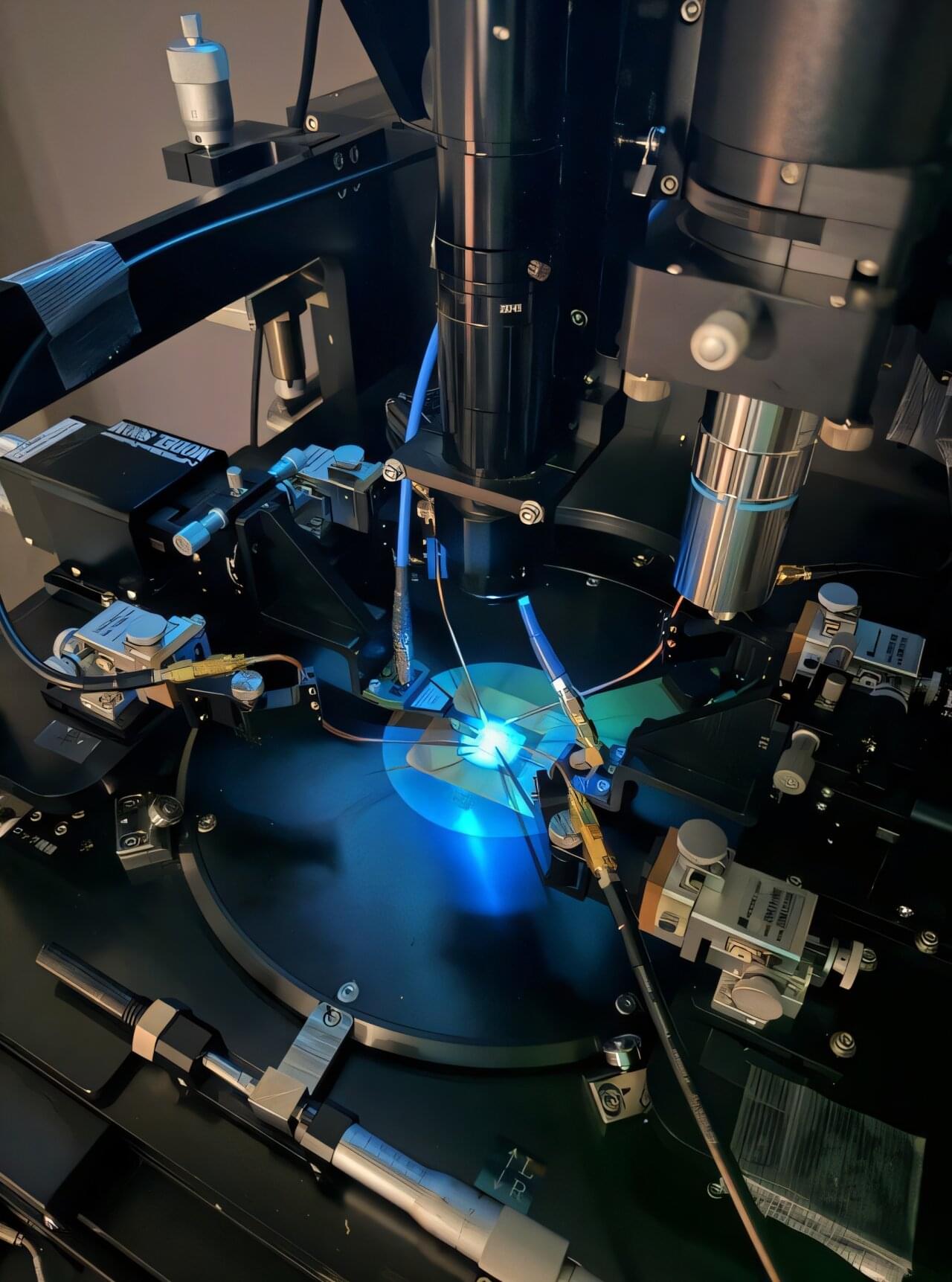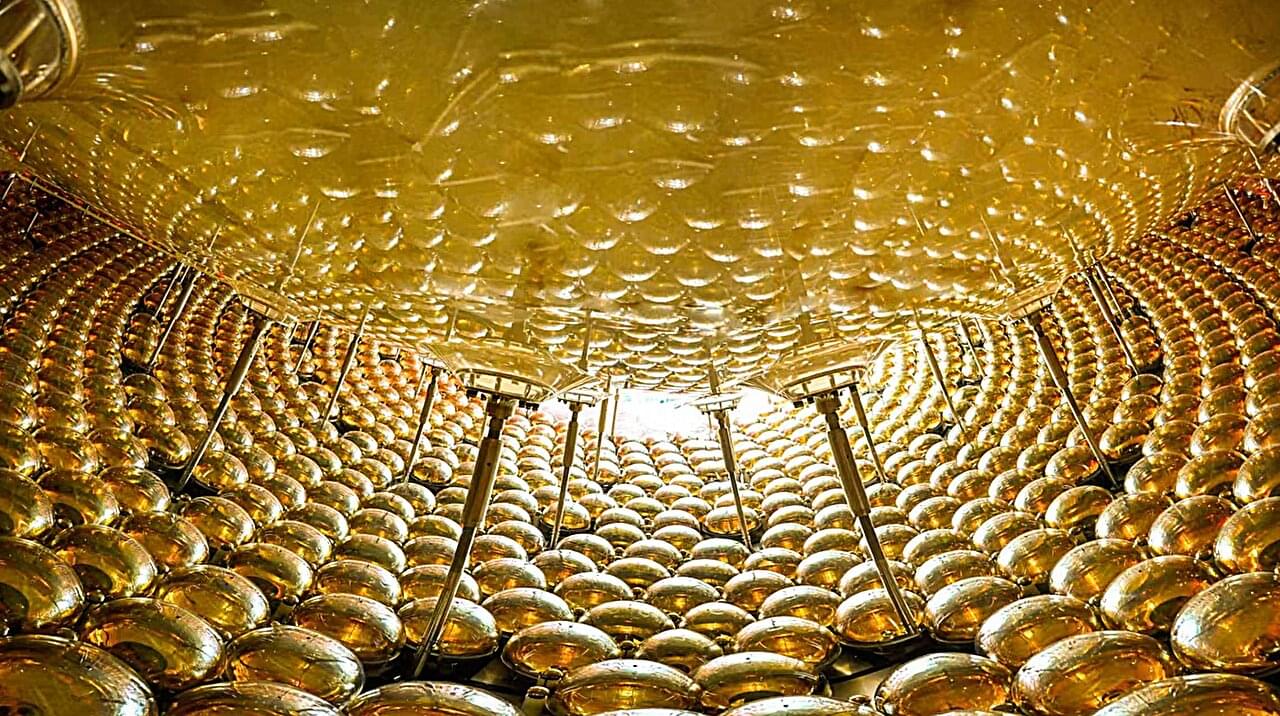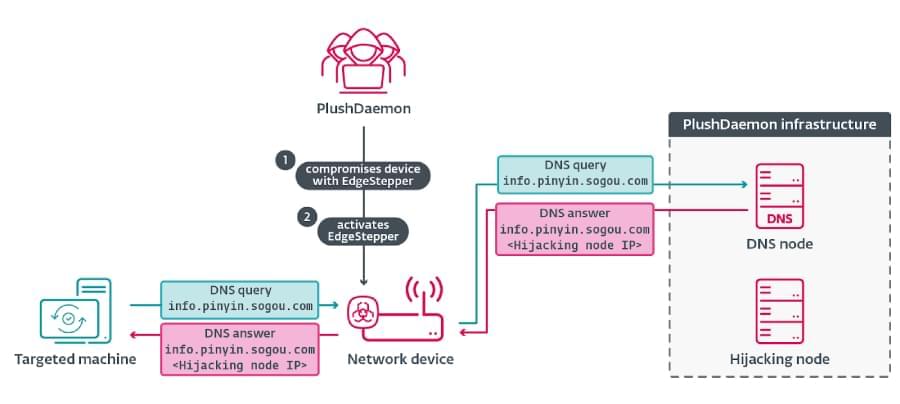Something strange goes on inside the material platinum-bismuth-two (PtBi₂). A new study by researchers at IFW Dresden and the Cluster of Excellence ct.qmat demonstrates that while PtBi₂ may look like a typical shiny gray crystal, electrons moving through it do some things never seen before.
In 2024, the research team demonstrated that the top and bottom surfaces of the material superconduct, meaning electrons pair up and move without resistance.
Now, they reveal that this pairing works differently from any superconductor we have seen before. Enticingly, the edges around the superconducting surfaces hold long-sought-after Majorana particles, which may be used as fault-tolerant quantum bits (qubits) in quantum computers.









